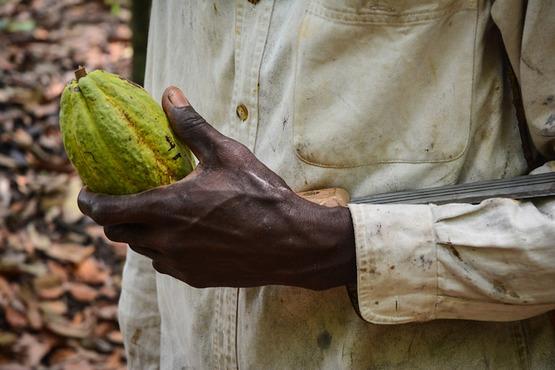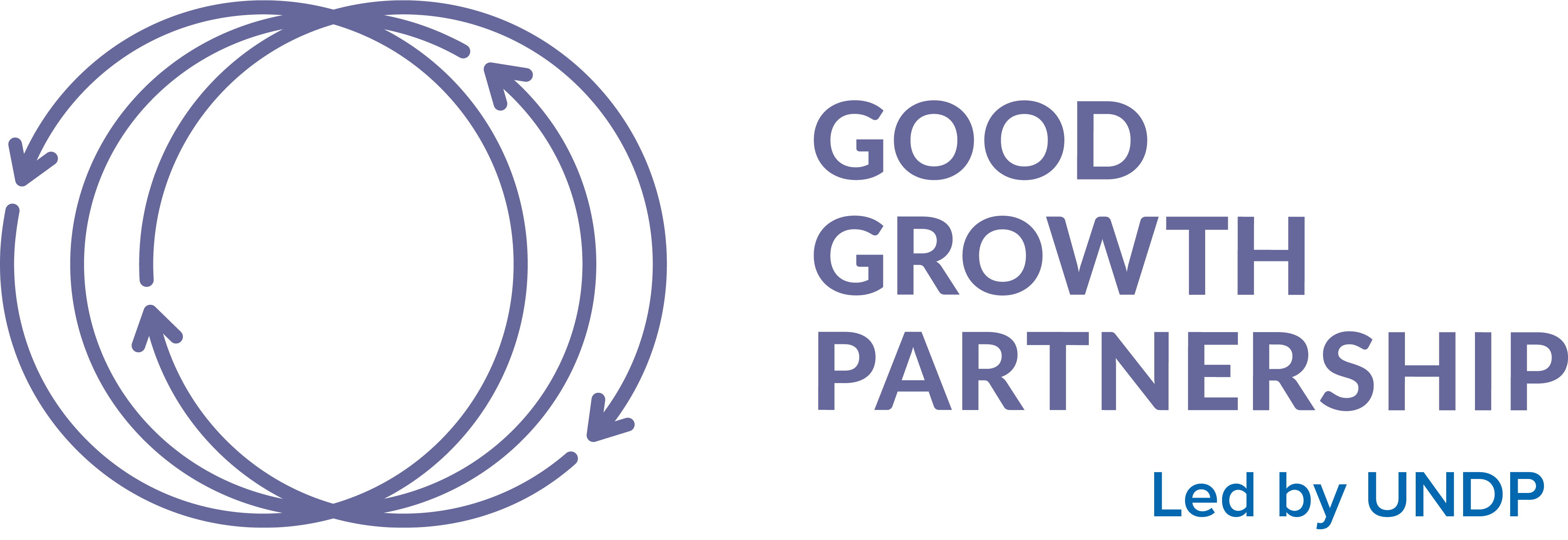Project Overview
Côte d'Ivoire is the world’s largest producer and exporter of cocoa, supplying about a third of cocoa worldwide, putting massive pressure on the country’s ecosystems. The rate of deforestation in Côte d'Ivoire’s forests zone in the southern part of the country, part of the Upper Guinea Forest Ecosystem, has accelerated at an alarming rate, leading to significant biodiversity loss. Over 90 percent of natural forests have been lost in less than a century. Between 1960 and 2017, forest cover fell from 12 million to less than 3 million hectares. Agricultural expansion for commodity production, particularly cocoa, is the main driver of deforestation and degradation. By focusing on applied research, generating evidence-based solutions and attracting new investments in deforestation-free cocoa, the project will accelerate a transition towards more sustainable cocoa production models.
Sites:
Southwest regions (Guémon, Cavally, Nawa, San-Pedro); east regions (Indenie-Djuablin, La Me, Moronou, Iffou, Kounfao Department).
Area Covered:
205,218 hectares
Commodities
Cocoa
Executing Partner:
Food and Agriculture Organization of the United Nations
GEF Implementing Agency:
United Nations Development Programme, United Nations Industrial Development Organization

Project Features
Working in a participatory manner with a full range of landscape stakeholders with the aim of building capacities, the project will develop detailed, integrated landscape management frameworks. They will be designed to orient activities across multiple jurisdictions from local to national. Landscape-level plans will help to coordinate broader actions, investments and learning by private sector, donors and other stakeholders.
In tandem with the development of integrated landscape coordination and management systems, the project will develop and test a range of technical solutions to problems of sustainable cocoa intensification and restoration of agricultural and forest lands. These solutions will be sourced from local, national, regional and international levels.
Lessons learned from pilot areas will be subject to vigorous scale-up efforts aimed first and foremost at triggering landscape-level transformations. Strategies for both piloting and landscape-level uptake of intensification and restoration efforts will be refined through planning processes and implemented.
The diffusion of knowledge and innovation will be an essential element for achieving cost‐effective impact at the appropriate scale. Effective coordination across government agencies, donors and with other stakeholders will be another crucial element.

Cocoa farmer, Côte d'Ivoire. © By Anna Koblanck/WBG







